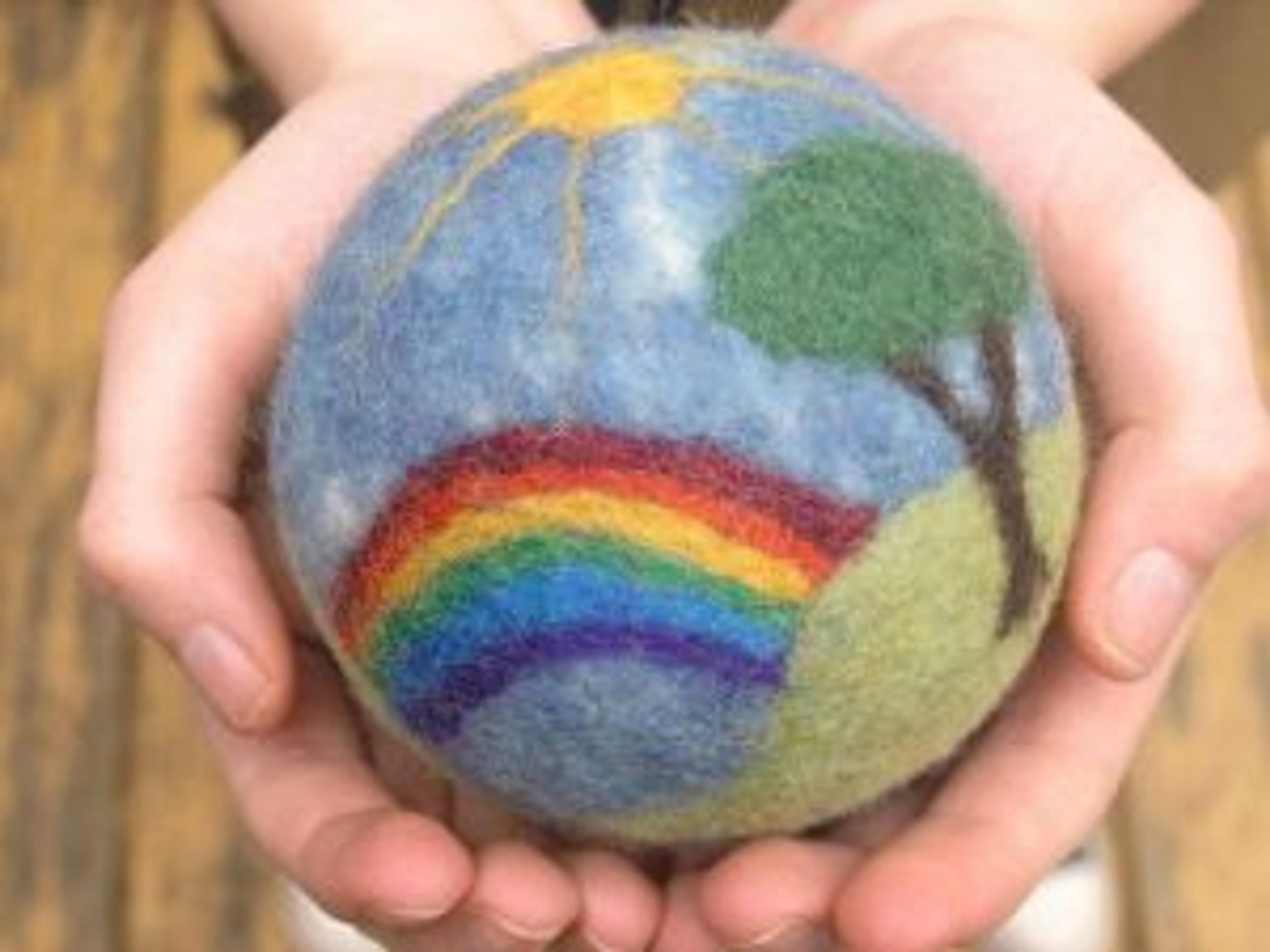Mia & Ashley's MessageBoard

Strategies to try to support anxious children and young people
Anxiety is more than feeling stressed or worried.
Anxiety is a normal and natural human emotion, it keeps us safe and helps us to perform day to day activities. For some people the experience of anxiety is more frequent and can be more distressing.
It’s estimated that one in 14 children and young people experience anxiety, which can result from a range of contributing factors. There are many strategies to support your child with anxiety:
Strategies:
Slow down. Encourage the child or young person to take some slow, deep breaths to calm the physical effects of anxiety before discussing what’s worrying them.
Climb that ladder. Instead of skirting the scary situation, you could try a technique called ‘laddering’ – breaking down worries into manageable chunks and gradually working towards a goal.
Encourage positive thinking. Children and young people with anxiety often get stuck on the worst-case scenario or 'what ifs' in any situation. You can help them shift these thinking patterns by reminding them of times they've dealt successfully with similar issues in the past; helping them to challenge the scary thought with facts and evidence; and make a plan for how they'll respond if things don't go as they'd like.
Have a go. Children and young people with signs of anxiety often worry about making mistakes or not having things perfect. This can lead to them avoiding situations or activities. Emphasise giving new things a try and having fun over whether something’s a success or whether something causes anxiety or not.
Model helpful coping. When you get anxious or stressed verbalise your emotional experience with children and young people to show them emotions are normal, that everyone experiences them. You may like to share how you sit or cope with emotions such as anxiety.
Empower. Think about what you can do to help the child or young person feel like they have some control over the scary situation and can take some action.
Be up front about scary stuff. Lots of kids have worries about death, war, terrorism or things they see on the news. This is normal. As appropriate for your role, talk through their fears and answer any questions truthfully. Use developmentally appropriate language to help normalise their anxiety.
Be BRAVE Program. Check out BRAVE, a free online program to help kids cope with worries and anxiety. There’s a tailored version for younger kids (eight-12), one for teens (12-17) and an accompanying program for parents. brave4you.psy.uq.edu.au
Check your own behaviour. Children and young people pick up all sorts of signals from the adults in their lives, so have a think about the messages you’re sending. Try not to be too quick to remove the event/situation/trigger causing the anxious thoughts and feelings for the child or young person. Allowing a child or young person to sit with the difficult emotions is helpful for them to understand how they can develop strategies to manage these difficult feelings and also that these anxious thoughts often don't result in a negative experience.
See expanded versions of these points for parents at:
healthyfamilies.beyondblue.org.au/age-6-12/mental-health-conditions-in-children/anxiety/strategies-to-support-anxious-children
Ashley Wallace - Student Welfare Officer
